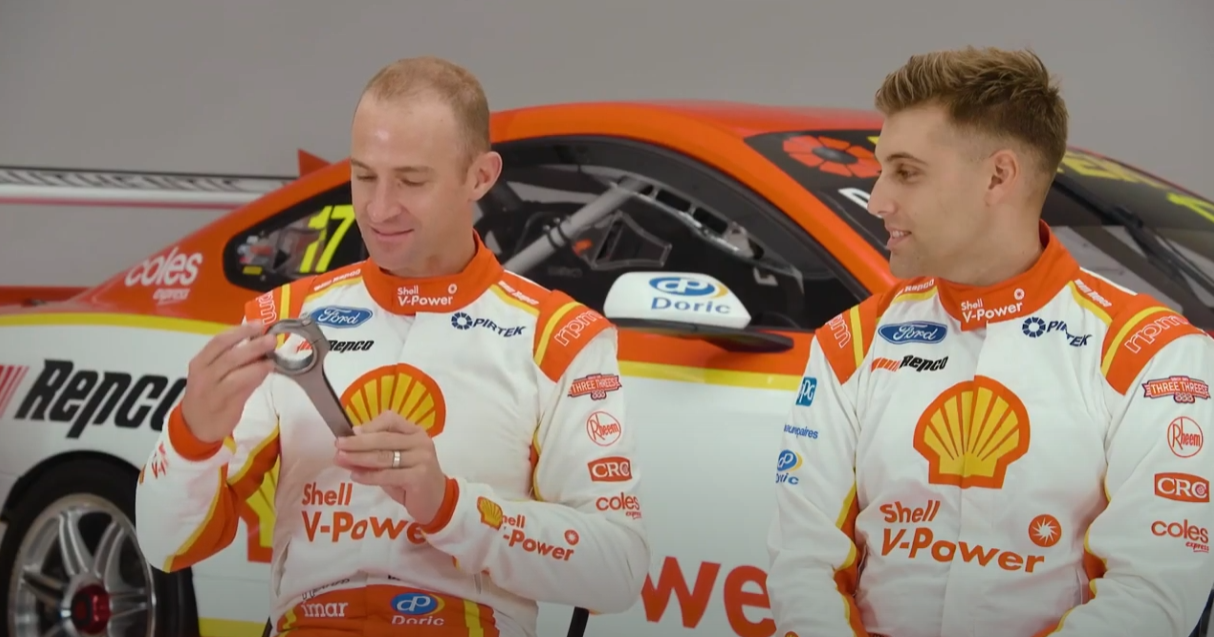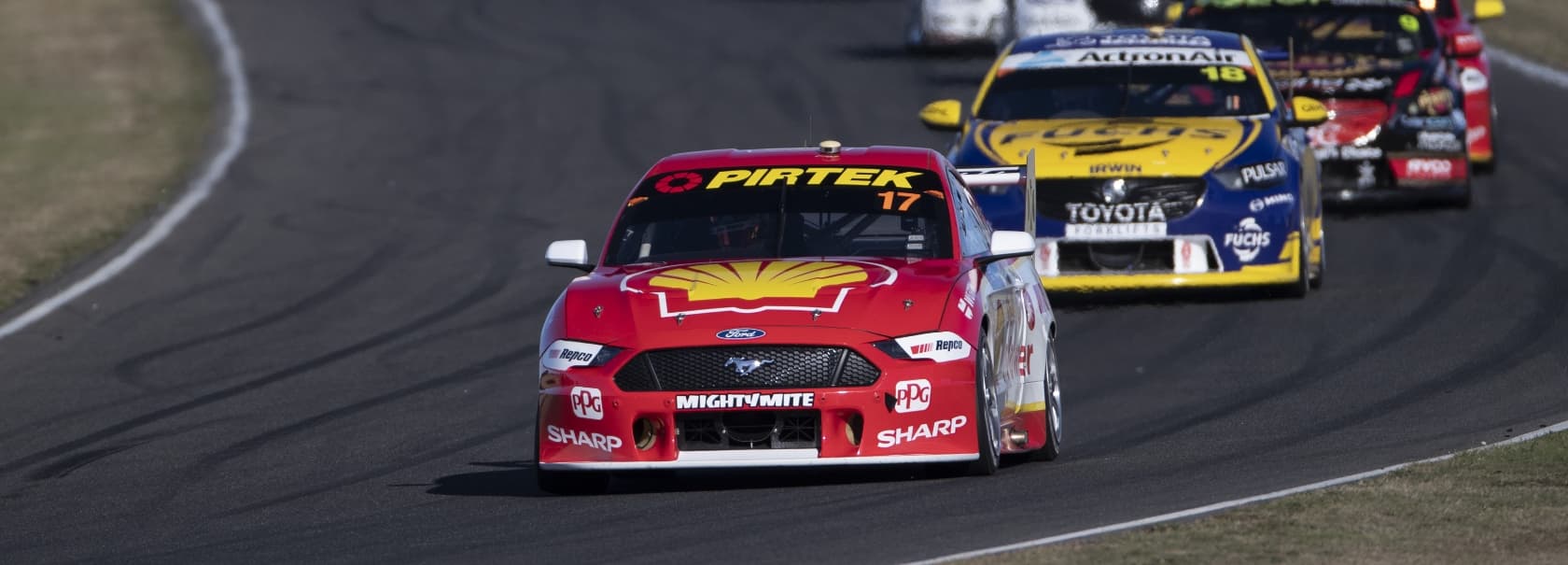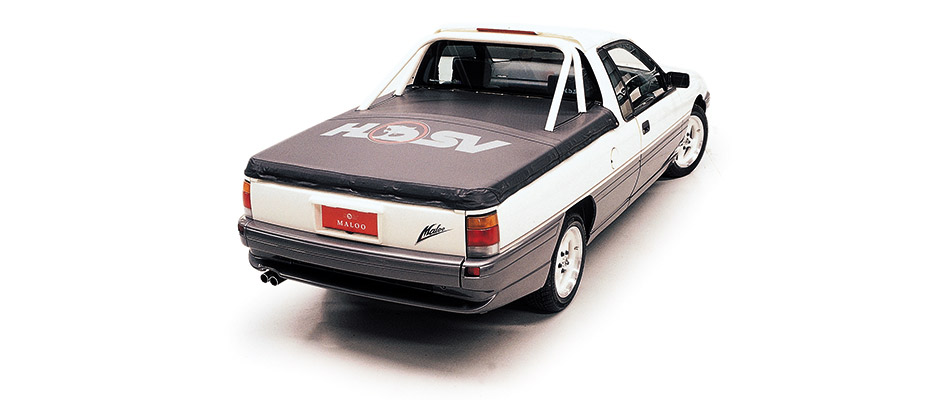Utes were always an Australian workhorse, but this changed in the 1990s when the still new to the market Holden Special Vehicles launched the Maloo.
Holden had dropped its passenger based commercial vehicles based on the WB Series in 1985, but this changed with the introduction of the VN Commodore in 1988.
Although coming under the Commodore banner, a utility based on it was launched in 1990 coined the VG sharing the passenger vehicle’s fuel-injected 3.8-litre V6 and the 5.0-litre V8, while the station wagon provided the coil sprung rear suspension.
HSV was launched in 1988 following the divorce with Brock the previous year and the new Tom Walkinshaw partnership.
The new performance brand of Holden was in the midst of a boom after releasing a wide range of models in alignment with the VN including the SV3800, SV5000, the famous Clubsport, SV89 and SS Group A homologation special.
Interest from HSV engineers was piqued by the VG’s uprated rear suspension, so it was decided to build a performance ute.
Named the Maloo – aboriginal for storm – was distinguished by a bodykit from the SV3800 and SV89, while an uprated 5.0-litre V8 produced 180kW.
A very limited production model, 132 in fact, also had special Momo steering wheel, sports seats, while colours available only included Alpine White and Maranello Red.
A special HSV branded tonneau cover finished off the package.
Of course the Maloo remained part of the HSV line-up until the conclusion of the Holden-based range and was a popular model throughout its life.





